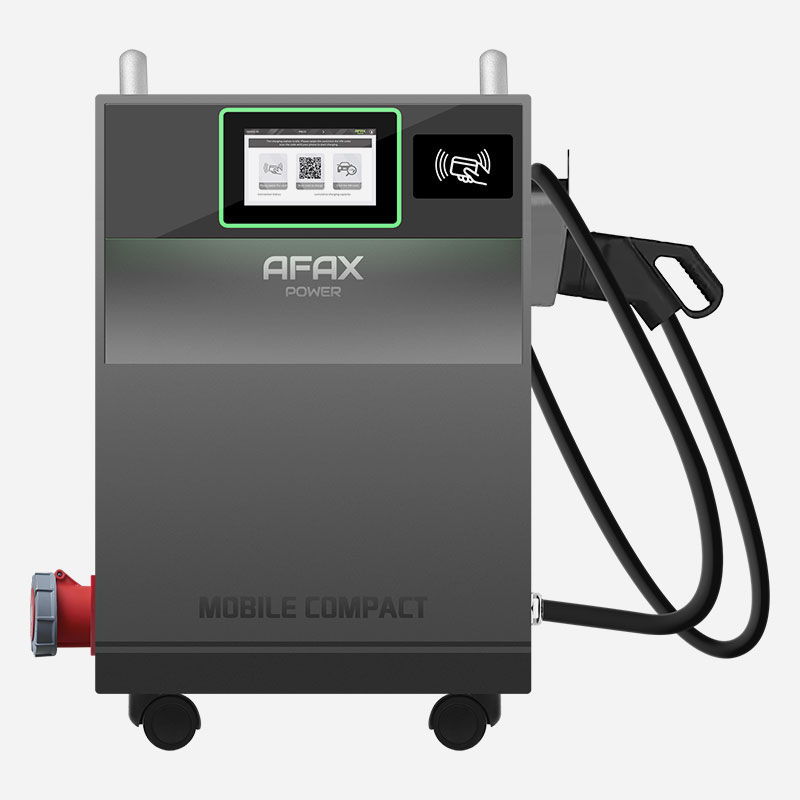Charging Ahead: The Economic Impact of Commercial DC EV Stations
- afaxpower5
- Oct 9, 2024
- 2 min read
As electric vehicles (EVs) zoom into the mainstream, commercial DC EV charging stations are emerging as powerful economic drivers. These high-speed charging hubs are not just refueling points; they're catalysts for local economies and sustainable development.
Unlike their slower AC counterparts, DC charging stations can replenish an EV's battery in a fraction of the time. This rapid turnaround is transforming pit stops into profit centers. Retail parks, restaurants, and shopping malls hosting these stations report significant upticks in foot traffic and dwell time. While drivers wait for their cars to charge, they're spending money, boosting local businesses.

The installation of commercial DC EV stations is also creating jobs. From manufacturing and installation to maintenance and customer service, these stations are opening up new career paths in the green energy sector. As demand grows, so does the need for skilled workers, contributing to a more robust and diversified job market.
For property developers and city planners, these charging stations are becoming must-have amenities. They're not just attracting environmentally conscious tenants and residents; they're increasing property values. Areas with accessible DC charging infrastructure are seeing heightened interest from businesses and homebuyers alike, driving economic growth and urban renewal.
Companies like AFAX Power are at the forefront of this charging revolution, developing cutting-edge DC charging solutions that are both efficient and cost-effective. Their innovations are making it easier for businesses to adopt and profit from this technology, accelerating the transition to electric mobility.
As we charge ahead into an electric future, commercial DC EV stations are proving to be more than just a convenience for drivers. They're powerful economic engines, driving local growth, creating jobs, and shaping the landscapes of our cities and towns. The surge of these stations marks not just a shift in how we fuel our vehicles, but a transformation in how we energize our economies.




コメント